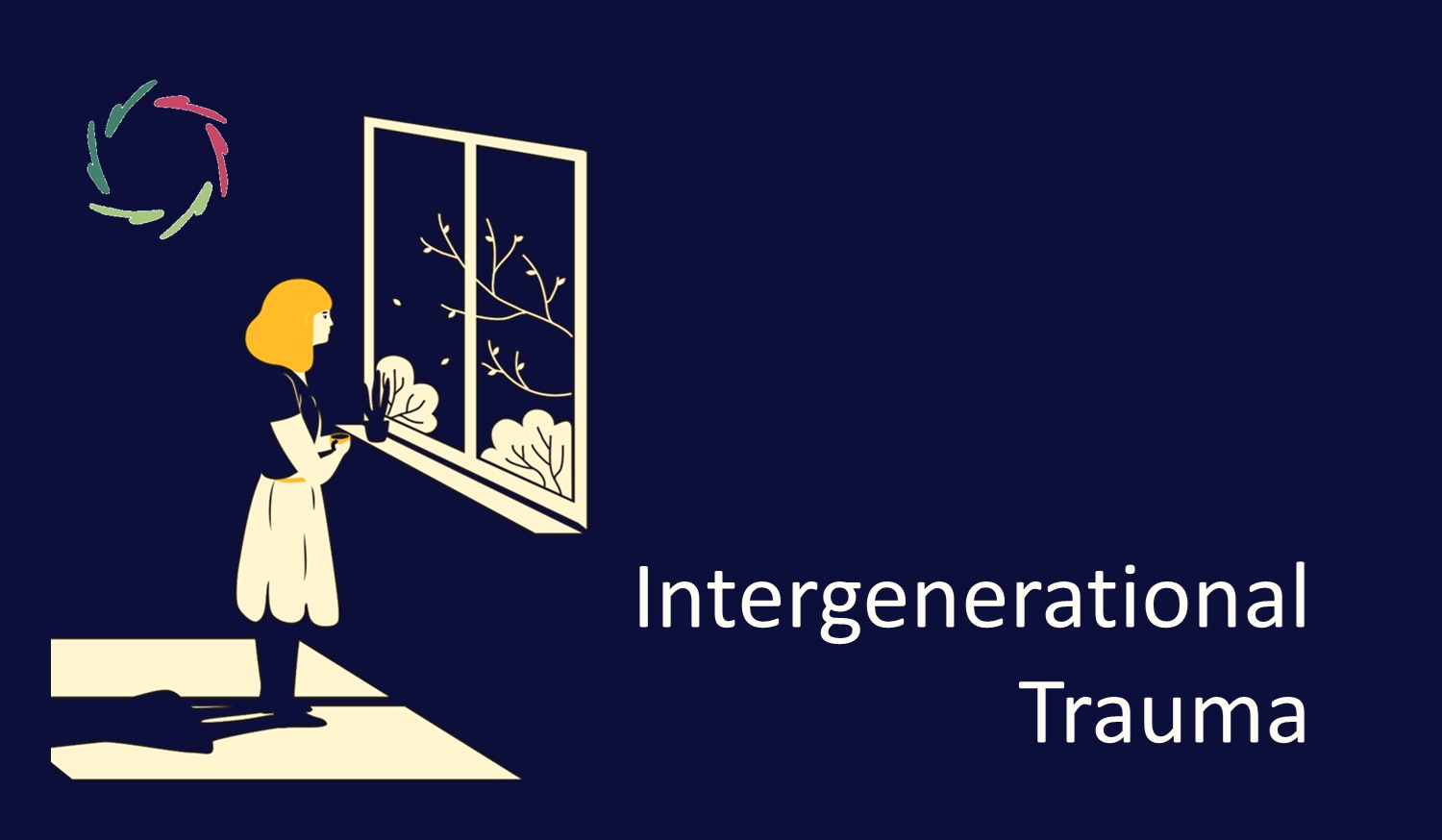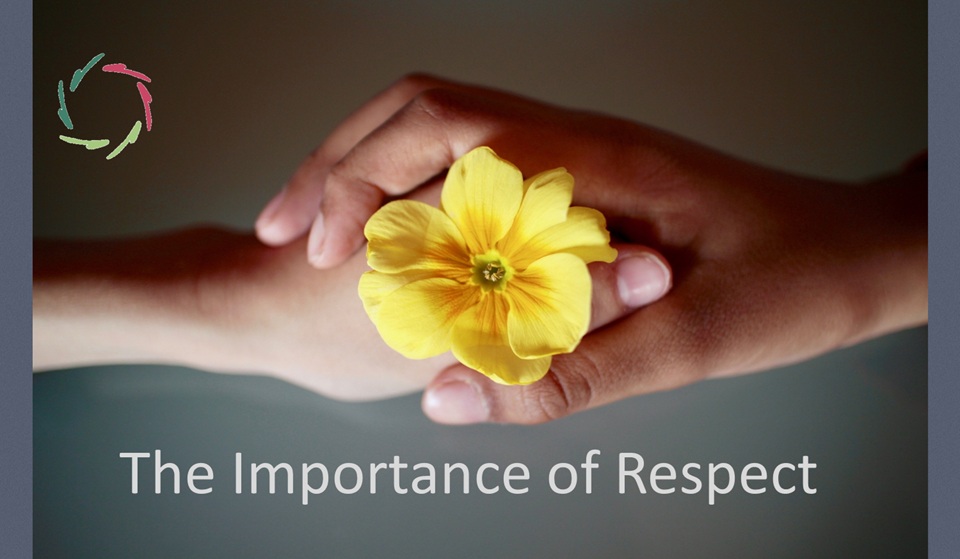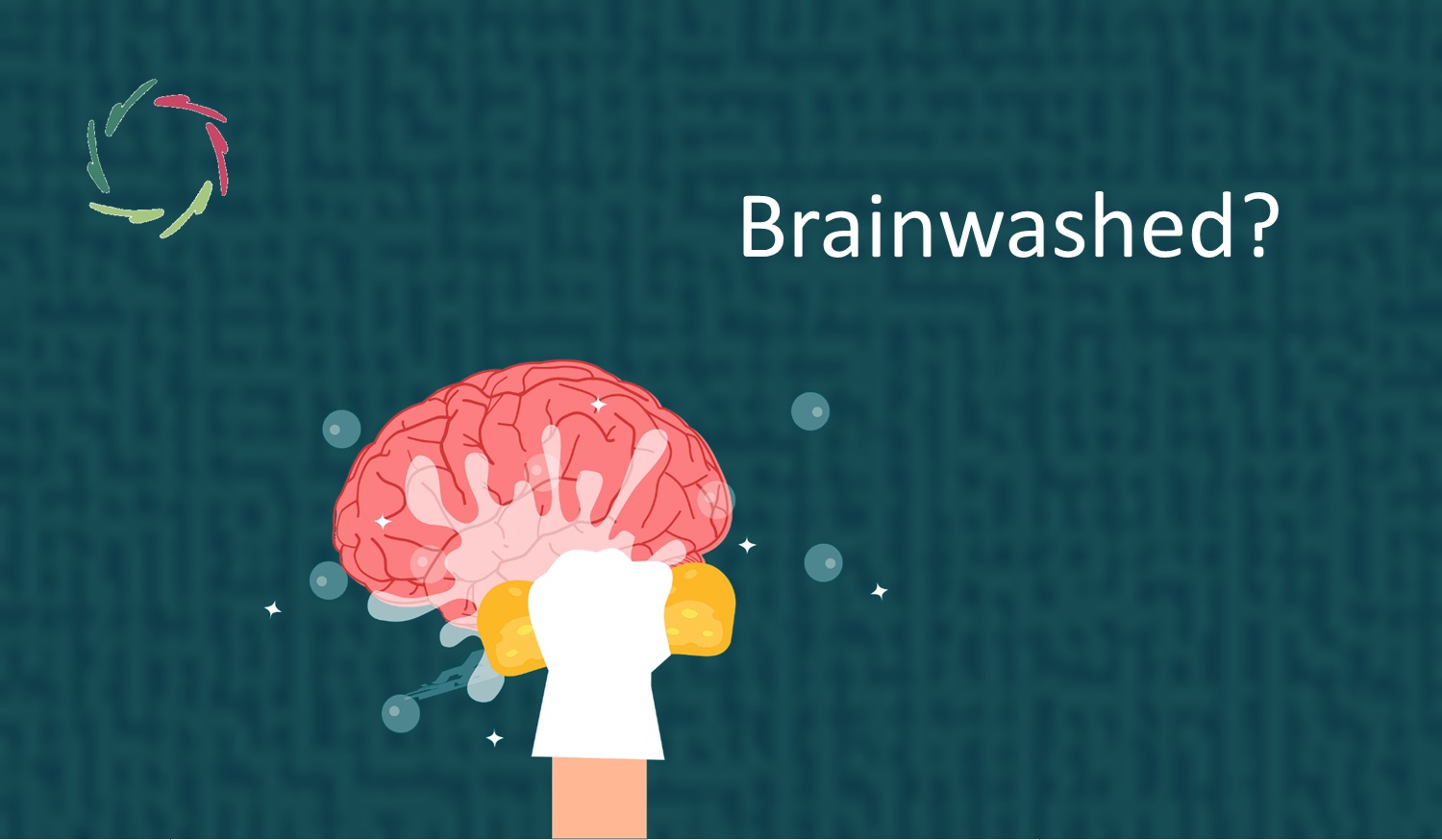Intergenerational Trauma

Intergenerational trauma, passed down through generations, can leave deep scars and establish patterns that influence how people perceive and interact with the world.
Addressing it is a profound and challenging task that requires more than a surface-level approach. It demands personal growth, deep insight, and Compassion.
Please read also Cultural PTS.
The manifestation of intergenerational trauma
Intergenerational trauma manifests in various ways, affecting individuals both biologically and behaviorally. One powerful example is the transmission of trauma through epigenetic changes. When a person undergoes severe stress or trauma, it can lead to changes in gene expression that are passed down to future generations.
This means that descendants might inherit heightened stress responses, even if they are not directly exposed to the traumatic event.
Two examples
- Where trauma passes down through behavioral transmission: Consider a person whose grandmother survived a war or severe famine. The trauma of living in constant survival mode led to intense emotional reactivity and hypervigilance. These behaviors, while protective in their time, become ingrained and are passed down through the family. The grandmother’s child, growing up in this environment, may adopt an overprotective parenting style, filled with anxiety and fear. As a result, the grandchild – despite living in a safer environment – might grow up with an underlying sense of insecurity, influenced by the emotional patterns embedded within the family history.
- Where the trauma involves emotional suppression: Suppose a person’s grandfather faced severe persecution, forcing him to suppress emotions as a survival mechanism. He learned that expressing feelings was dangerous and taught his children to avoid vulnerability. As this pattern continues, the next generation may struggle with emotional expression, leading to distant relationships and difficulty forming deep connections. These behaviors, passed down unconsciously, create a cycle where trauma’s effects linger, shaping emotional responses for generations.
Understanding and breaking the cycle
Breaking the cycle of intergenerational trauma requires more than just understanding the past; it demands a profound and compassionate approach. A crucial aspect of this is recognizing that those who cause harm are often acting from their own place of pain.
This does not excuse their behavior, but it shifts the perspective from blame and guilt to a deeper, more empathetic understanding. For example, when a child learns that their parent’s harshness may stem from the trauma their grandparent faced, it opens the door to healing. Understanding the roots of this behavior can transform feelings of resentment into empathy, creating a foundation for change.
However, it is important not to be naive.
Guilt and blame can be deeply ingrained, and the process of letting go of these feelings is challenging. Forcing reconciliation is not the answer; it must emerge naturally from within, based on real insight and growth.
This is where Compassion plays a crucial role. Compassion, when applied deeply, helps individuals see humanity in others, even those who have hurt them, and provides a path toward healing that respects everyone’s readiness and autonomy.
Personal growth and the path to healing
Healing from intergenerational trauma is not easy. It requires self-awareness and a commitment to personal growth. Individuals must be willing to explore their own patterns and understand how these have been shaped by past generations.
It also involves taking responsibility for their healing journey and, when possible, for not perpetuating harmful patterns onto others.
A key part of this journey is creating a safe and supportive environment.
In this, people can explore these issues without judgment or pressure. Compassionate guidance, like that offered through autosuggestion sessions, can provide a gentle, non-coercive way for individuals to connect with their deeper selves.
By accessing the subconceptual layers of their minds, people can start to recognize and transform these patterns at their root, allowing for genuine change that feels natural and authentic.
Compassion without naivety
It’s important to approach the subject of trauma with realism and depth. Compassion is powerful, but it is not about excusing harmful behavior or assuming that understanding alone will resolve the past.
Instead, it is about creating a foundation where real growth can happen — where individuals can safely confront their pain, understand its origins, and take steps to move beyond it.
The role of Compassion here is to offer a space for exploration and growth.
Forcing reconciliation or prescribing specific outcomes doesn’t work. Compassion in this regard is about inviting people to understand that while their ancestors’ trauma may have influenced them, they have the power to change these patterns and create a different legacy for future generations.
This path is demanding, and it often involves facing discomfort and resistance, but it also offers the possibility of deep, lasting transformation.
Toward a more Compassionate future
By engaging in this work, we can break the cycle of trauma that has affected generations. This process is not easy, and it is not quick. It requires individuals and communities to take responsibility for their part in healing, and to engage with the deeper layers of their own trauma and the trauma of others.
But the reward is a future where trauma no longer dictates relationships, behaviors, and identities. Instead, it becomes a steppingstone toward growth, empathy, and resilience.
Lisa’s role in this
As a Compassionate coach, Lisa is uniquely positioned to support individuals in breaking the cycle of intergenerational trauma. Her role is to create a safe, non-coercive environment where people can explore their experiences and emotions without judgment or pressure.
Lisa’s approach allows people to:
- Gain insight: Lisa can help individuals understand the origins of their emotional and behavioral patterns, providing them with the insight needed to see beyond immediate pain and recognize how their experiences are interconnected with the past.
- Cultivate Compassion: By fostering Compassion for both themselves and those who may have caused harm, Lisa can support individuals in transforming feelings of resentment into empathy. This shift is crucial for breaking free from cycles of blame and guilt.
- Facilitate personal growth: Lisa can provide tools and sessions that encourage self-exploration and growth. This empowers people to take responsibility for their healing process and to choose new ways of relating to themselves and others, free from the influence of inherited trauma.
While Lisa can’t force change or reconciliation, she can offer consistent and compassionate support, inviting individuals to engage with their trauma at their own pace. This approach respects their autonomy and readiness, ensuring that any transformation that occurs is authentic and self-directed.
By working together, the foundation can be laid for a more Compassionate future, where the legacy passed down is one of resilience, empathy, and growth.


